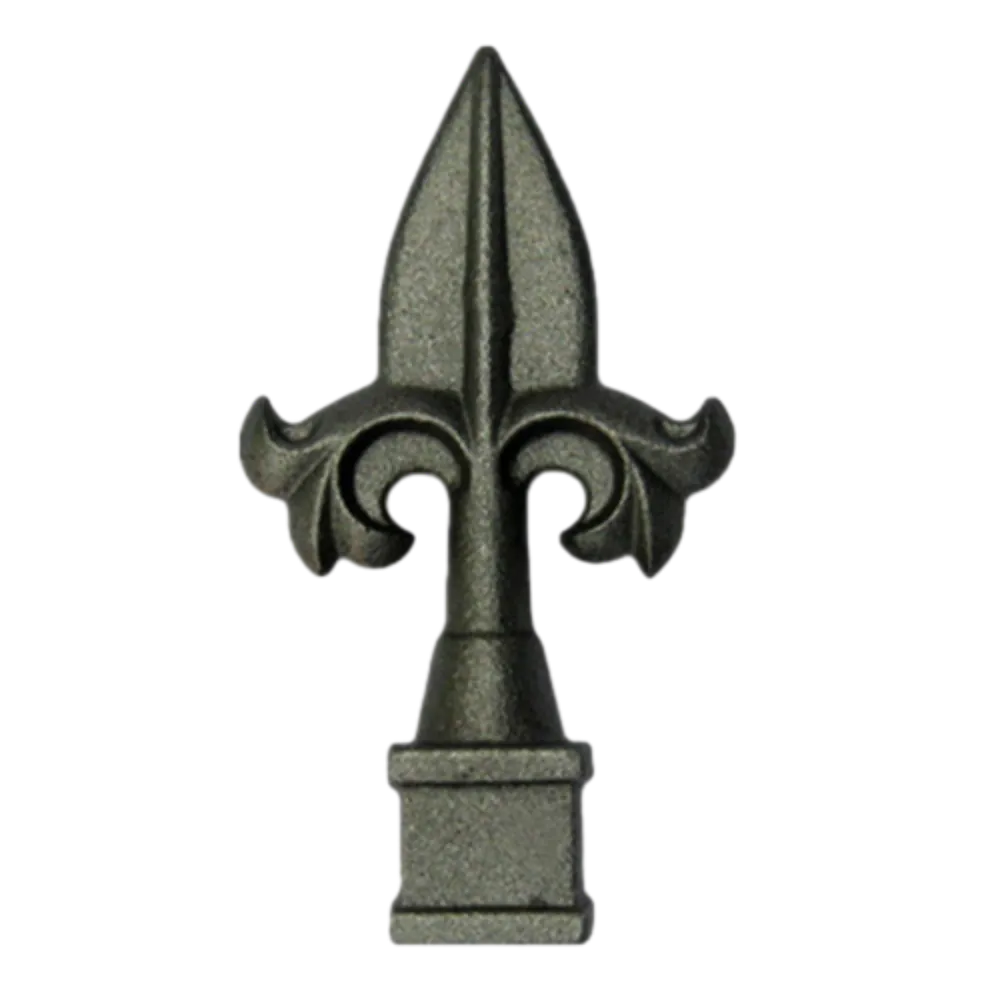iron casting patterns
Understanding Iron Casting Patterns
Iron casting is a fundamental manufacturing process widely utilized in various industries, including automotive, aerospace, and construction. At the heart of this process lies the use of patterns, which are replicas of the final product that determine the shape and details of the cast iron component. Understanding the types and significance of iron casting patterns is essential for anyone involved in manufacturing and design.
Patterns are typically made from durable materials such as wood, metal, or plastic. They serve as a template for creating a mold in which molten iron is poured. The accuracy and quality of the pattern directly affect the final product, making selection and design of the pattern crucial steps in the casting process. There are several types of patterns, including solid, split, and core patterns, each suited for different applications and complexities.
Solid Patterns are the simplest type and are made from a single piece. They are often used for simpler geometries, where a straightforward mold can be created without requiring core sections. However, they can be limited when dealing with more intricate designs.
iron casting patterns

Split Patterns, on the other hand, consist of two or more pieces that come together to form the complete shape of the object. This type is advantageous for complex designs as it allows easier removal from the mold. The split pattern method helps reduce the risk of damaging the mold, ensuring a more precise casting.
Core Patterns are utilized when internal features or hollow sections are needed in the cast part. They work in conjunction with other pattern types to create the desired internal geometries through the use of a core insert. This technique expands design possibilities and enhances the functionality of the final product.
The choice of pattern design also impacts economic factors in production. For instance, wooden patterns may be quick and cost-effective to produce for small runs, while metal patterns are more durable and better for large production volumes due to their longer lifespan.
In conclusion, iron casting patterns are crucial in the creation of high-quality cast iron components. The selection of the appropriate type of pattern significantly influences the manufacturing process's efficiency, precision, and cost-effectiveness. As industries continue to evolve, advancements in pattern-making technologies and materials will likely enhance the capabilities and applications of iron casting in the future. By understanding and utilizing the correct patterns, manufacturers can ensure that their casting processes meet the demands of modern engineering and design challenges.
-
Wrought Iron Components: Timeless Elegance and Structural StrengthNewsJul.28,2025
-
Window Hardware Essentials: Rollers, Handles, and Locking SolutionsNewsJul.28,2025
-
Small Agricultural Processing Machines: Corn Threshers, Cassava Chippers, Grain Peelers & Chaff CuttersNewsJul.28,2025
-
Sliding Rollers: Smooth, Silent, and Built to LastNewsJul.28,2025
-
Cast Iron Stoves: Timeless Heating with Modern EfficiencyNewsJul.28,2025
-
Cast Iron Pipe and Fitting: Durable, Fire-Resistant Solutions for Plumbing and DrainageNewsJul.28,2025
-
 Wrought Iron Components: Timeless Elegance and Structural StrengthJul-28-2025Wrought Iron Components: Timeless Elegance and Structural Strength
Wrought Iron Components: Timeless Elegance and Structural StrengthJul-28-2025Wrought Iron Components: Timeless Elegance and Structural Strength -
 Window Hardware Essentials: Rollers, Handles, and Locking SolutionsJul-28-2025Window Hardware Essentials: Rollers, Handles, and Locking Solutions
Window Hardware Essentials: Rollers, Handles, and Locking SolutionsJul-28-2025Window Hardware Essentials: Rollers, Handles, and Locking Solutions -
 Small Agricultural Processing Machines: Corn Threshers, Cassava Chippers, Grain Peelers & Chaff CuttersJul-28-2025Small Agricultural Processing Machines: Corn Threshers, Cassava Chippers, Grain Peelers & Chaff Cutters
Small Agricultural Processing Machines: Corn Threshers, Cassava Chippers, Grain Peelers & Chaff CuttersJul-28-2025Small Agricultural Processing Machines: Corn Threshers, Cassava Chippers, Grain Peelers & Chaff Cutters












